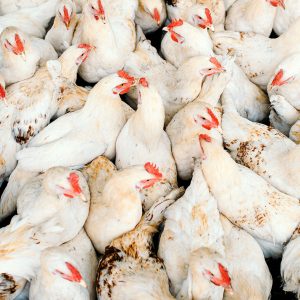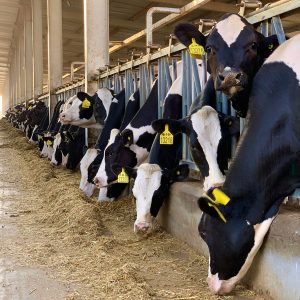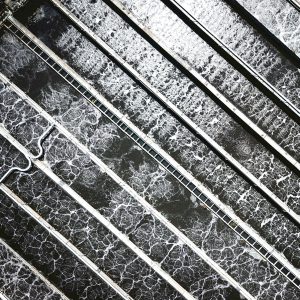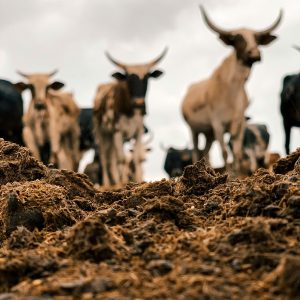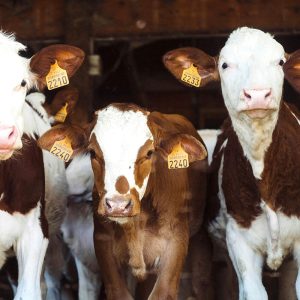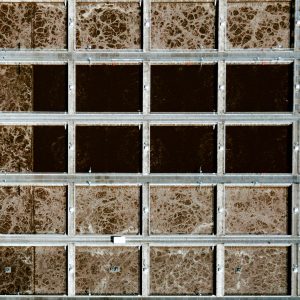Maintaining a hygienic environment within poultry houses is crucial for the health of the birds and the success of the operation. Flies, a common nuisance in poultry farming, can pose significant challenges. The provided source highlights the experiences of the Heisler family, Schuylkill County egg producers, who successfully tackled their fly infestation issue.
The Heislers faced a persistent fly problem despite their efforts to maintain an 80°F temperature in their hen houses for optimal egg production. The artificial heat, while beneficial for the layers, created a favorable environment for flies to breed year-round. Previously, they had incorporated larvacide into the chicken feed to combat flies. This method initially proved helpful but only offered a temporary solution, lasting approximately five weeks. The flies quickly developed immunity to the larvacide, rendering it ineffective and resulting in a significant weekly expense of $300 per henhouse with limited results.
Determined to find a long-term solution, the Heislers consulted Hershey Equipment Company, their supplier for various poultry equipment. They sought a method to manage the manure and address the fly problem simultaneously. Hershey Equipment Company introduced them to the Brown Bear Corporation’s farm-sized aerators. Intrigued by the potential of this technology, the Heislers agreed to a demonstration.
The Brown Bear aerator effectively mixed the manure, disrupting the fly breeding cycle. Impressed with the results, they purchased a slightly smaller model, a 72-inch wide unit weighing 930 pounds, to better suit their existing equipment and the layout of their hen houses. This unit seamlessly integrated with their Model 665 New Holland skid loader, facilitating easy maneuvering around the support posts and corners of the houses.
By operating the aerator approximately three times a week, the Heislers achieved a significant reduction in fly populations, exceeding 95%. Increasing the frequency to four or five cycles per week resulted in an even more remarkable reduction, surpassing 99%. The aerator’s function went beyond simply mixing the manure; it also facilitated the composting process. The mixing action generated heat within the manure windrows, effectively eliminating fly larvae, pathogens, and other unwanted pests. Furthermore, the aeration process allowed for oxygen penetration throughout the manure, promoting aerobic digestion and reducing odor.
Another egg producer in Schuylkill County, who had witnessed the Heisler’s success with the demonstrator unit, opted for a 7-foot wide model, demonstrating the adaptability of this technology to different operational needs and equipment preferences.

